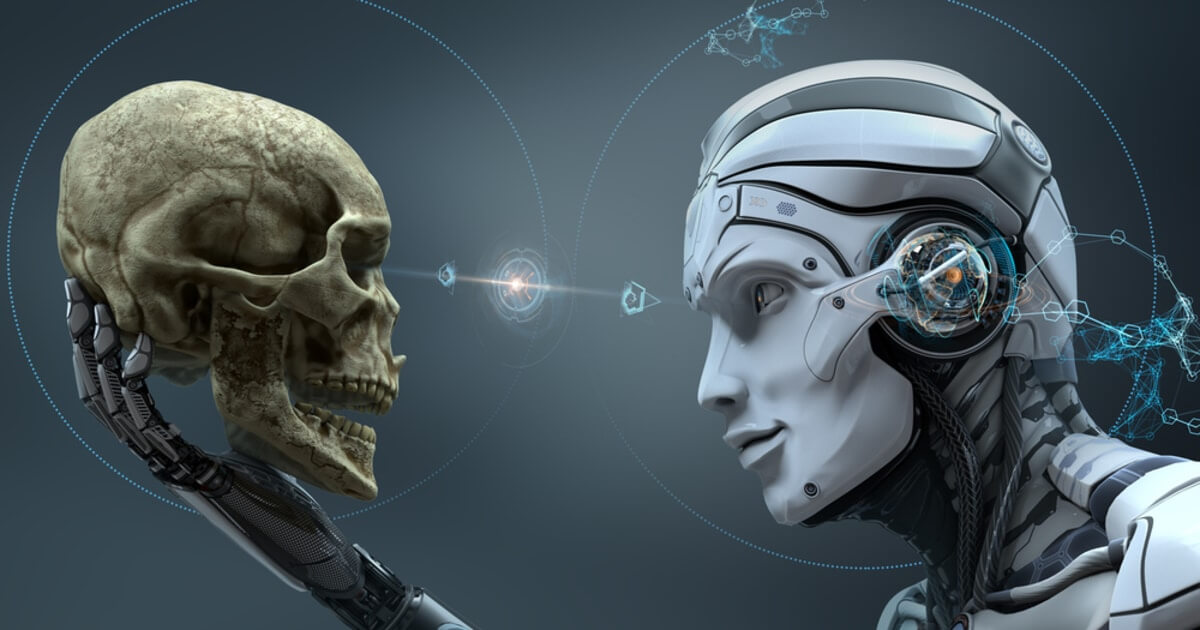
The transition to artificial general intelligence (AGI) has been of great importance and speculation in recent years. Many researchers and market leaders believe that Agi, which refers to AI systems that can perform all tasks at a human level, can soon become a reality. In a working document entitled “Scenarios for the transition to Agi”, economists Anton Korinek and Donghyun Suh dive into the economic implications of AGI development.
The paper starts with investigating the relationship between technological progress, output and wages. The authors propose a framework that dissects human work in atomistic tasks with different levels of complexity. They claim that the progress in technology Enable the automation of increasingly complex tasks, which may lead to the automation of all tasks with the arrival of AGI.
A crucial aspect that is analyzed in the newspaper is the race between automation and capital accumulation. If automation progresses slowly enough, there will always be enough work for people and wages can continue to rise. However, if the complexity of tasks that people can perform is limited and complete automation is achieved, wages can collapse. The authors also consider the possibility of risers of wages before full automation takes place if large -scale automation surpasses the accumulation of capital, which leads to an oversupply of work.
The research suggests that the automation of productivity growth can lead to broad profits in the efficiency towards all production factors. On the other hand, bottlenecks for growth caused by scarce, unprodictable factors can worsen the fall in wages. The authors emphasize the importance of understanding the distribution of tasks into complexity space and its impact on economic results.
Although the article offers valuable insights into the possible consequences of AGI development, it also recognizes the uncertainties surrounding the transition. The authors emphasize that the distribution of tasks into complexity space plays a crucial role in determining the economic results. They consider both unbound and limited distributions, whereby the latter reflects the finite math options of the human brain.
In general, Korinek and Suh research contributes to the constant discussion about the future of work in the AI and automation era. By analyzing different scenarios for the transition to Agi, the paper sheds light on the possible effects on output, wages and human well -being. It serves as a valuable source for policy makers, researchers and market leaders who want to understand the economic implications of AGI development.
Image source: Shutterstock
. . .
Tags


